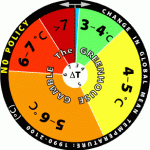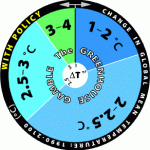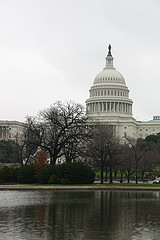 The controversial climate bill passed through the House on Friday and pressure is mounting for the leadership in the Senate to take up the bill. Republicans see the climate bill as too costly for for households and view the bill’s carbon reduction mandates as having a harmful effect on industry. Some environmentalists are also not in support of the house bill, raising concerns over the reduction targets being too low and giving carbon allowances away to industrial polluters.
The controversial climate bill passed through the House on Friday and pressure is mounting for the leadership in the Senate to take up the bill. Republicans see the climate bill as too costly for for households and view the bill’s carbon reduction mandates as having a harmful effect on industry. Some environmentalists are also not in support of the house bill, raising concerns over the reduction targets being too low and giving carbon allowances away to industrial polluters.
It is likely the Senate will vote on a version of the bill by fall, which would then need to be hashed out between the two houses. The climate legislation is a contentious bill for republicans and industry with many legislators calling global warming an outright hoax. Paul Krugman published an article “Betraying the Planet,” in the New York Times on how majority of the climate bill no votes were from global warming denialists.
In addition, even though the American public wants to see action on climate change, there is growing concern about cap and trade and the potential cost impacts that will have on their wallets. Independent research groups have estimated the climate bill will cost taxpayers approximately $175 per year, while industry is estimating much higher costs to American citizens.
The United States is also facing international pressure to have a strong climate policy in place for the United Nations Climate Conference in Copenhagen in December to develop a new Kyoto protocol. It is likely that a national climate bill will be passed by the end of the year, but it is unclear whether the US’ national climate bill will lead the way or serve as an ineffective panacea to our growing climate crisis.

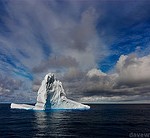 Remember back in 2007 when annual sea ice hit its lowest level ever recorded and declined at a rate far surpassing scientists worst predictions? Arctic sea ice during the 2007 melt season plummeted to the lowest levels since satellite measurements began in 1979. The average sea ice extent for September 2007 was 4.28 million square kilometers (1.65 million square miles), the lowest September on record, shattering the previous record for the month, set in 2005, by 23 percent.
Remember back in 2007 when annual sea ice hit its lowest level ever recorded and declined at a rate far surpassing scientists worst predictions? Arctic sea ice during the 2007 melt season plummeted to the lowest levels since satellite measurements began in 1979. The average sea ice extent for September 2007 was 4.28 million square kilometers (1.65 million square miles), the lowest September on record, shattering the previous record for the month, set in 2005, by 23 percent.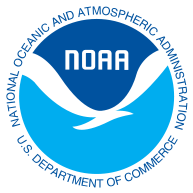 Recently, Congress decided that
Recently, Congress decided that 
